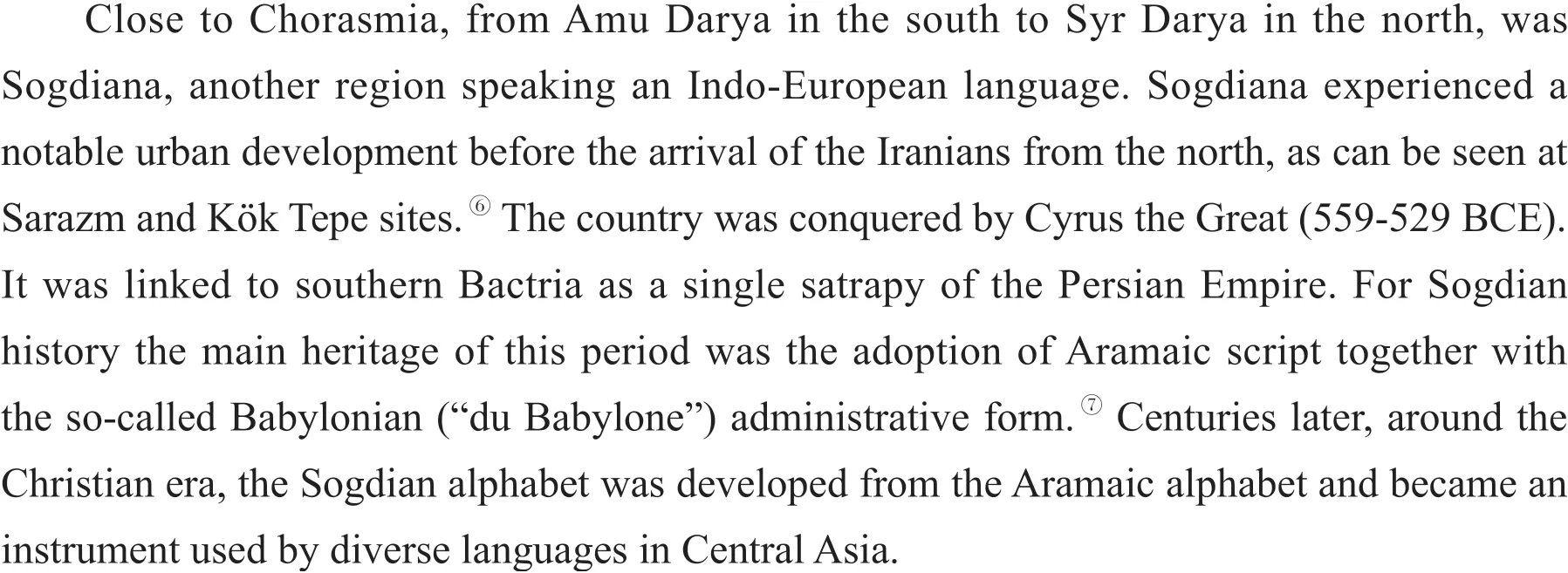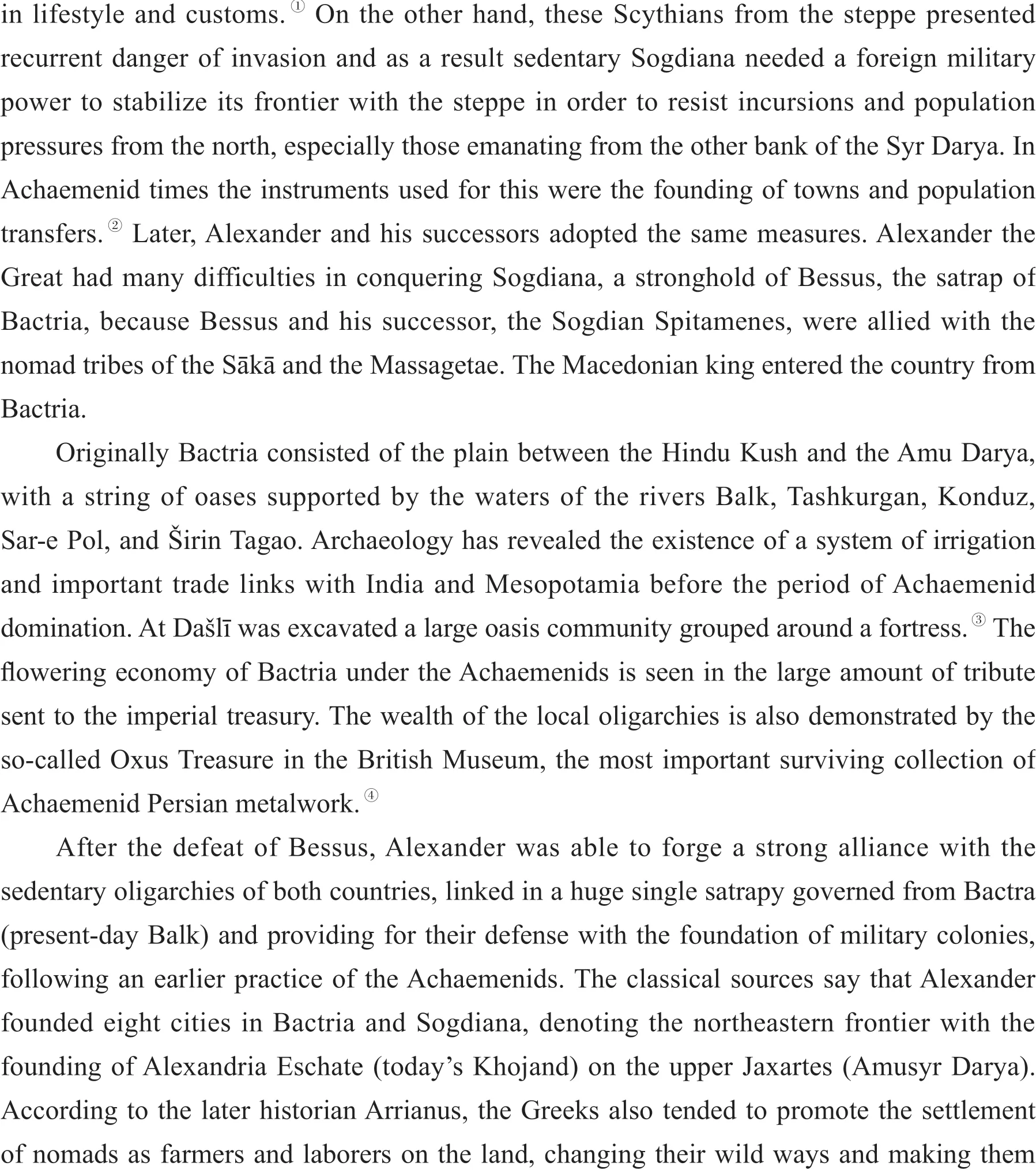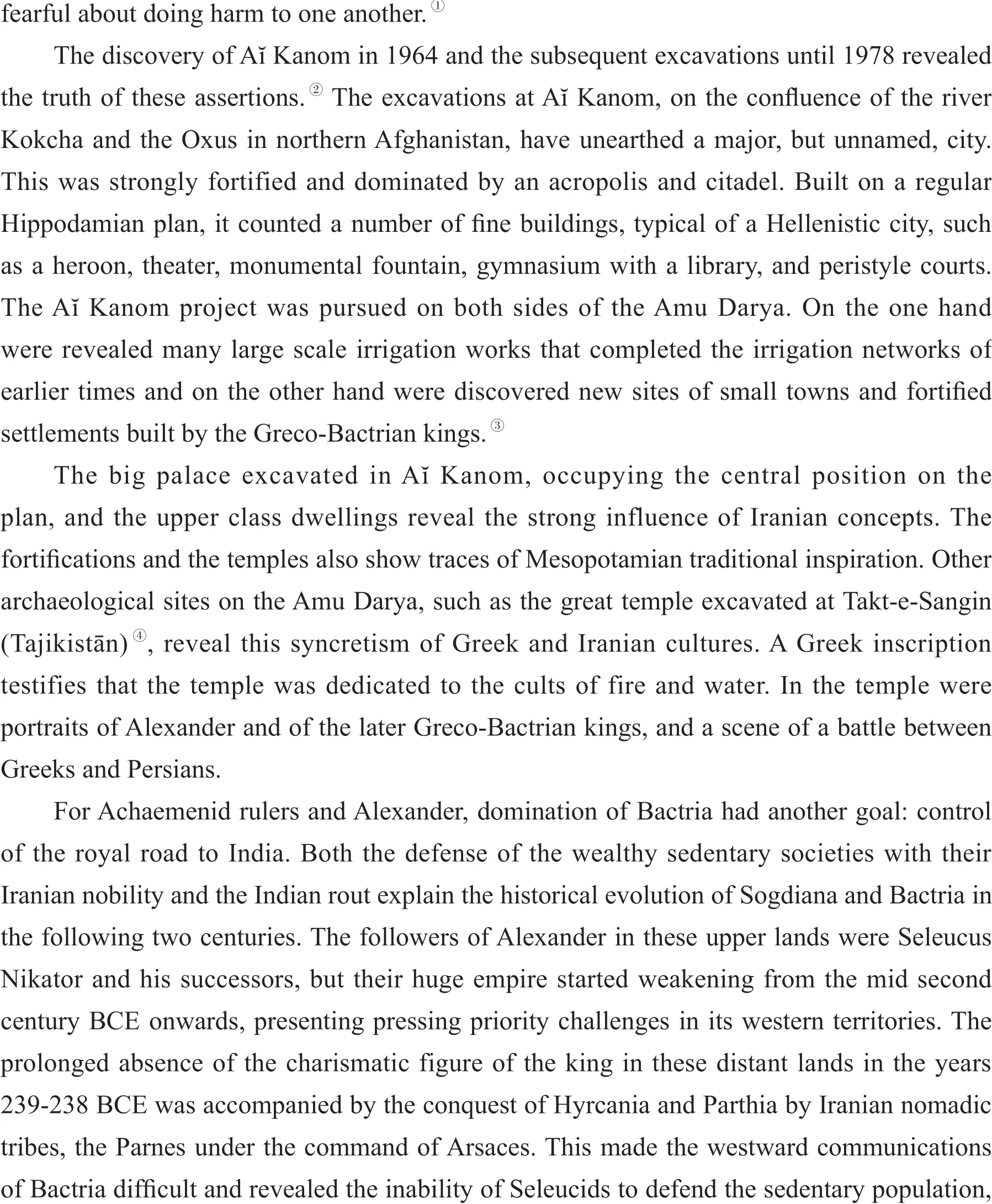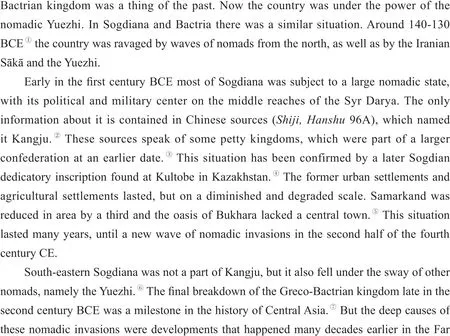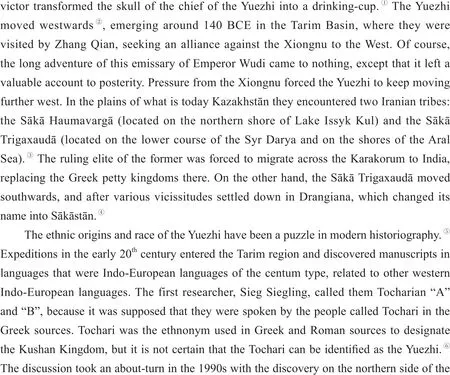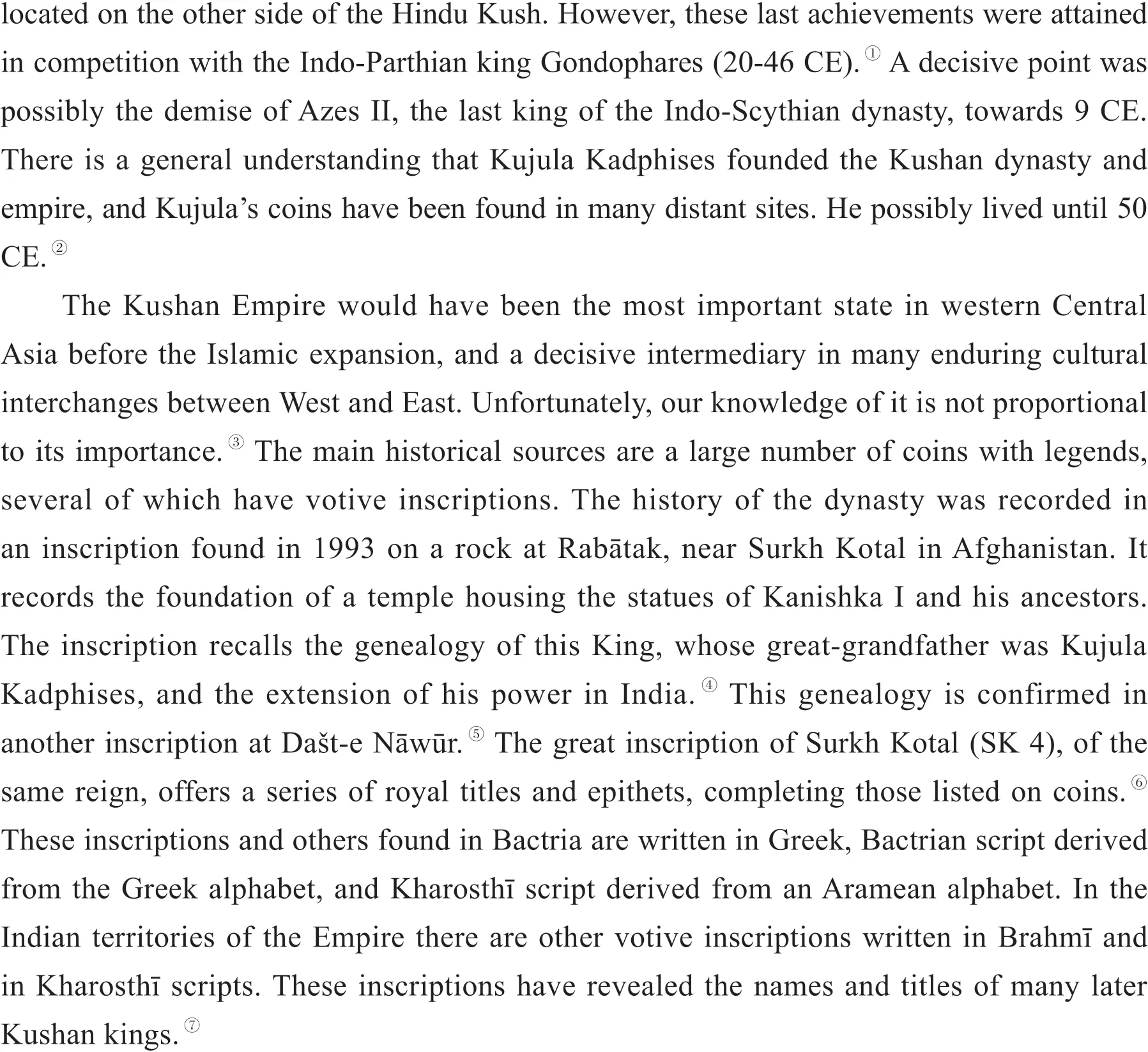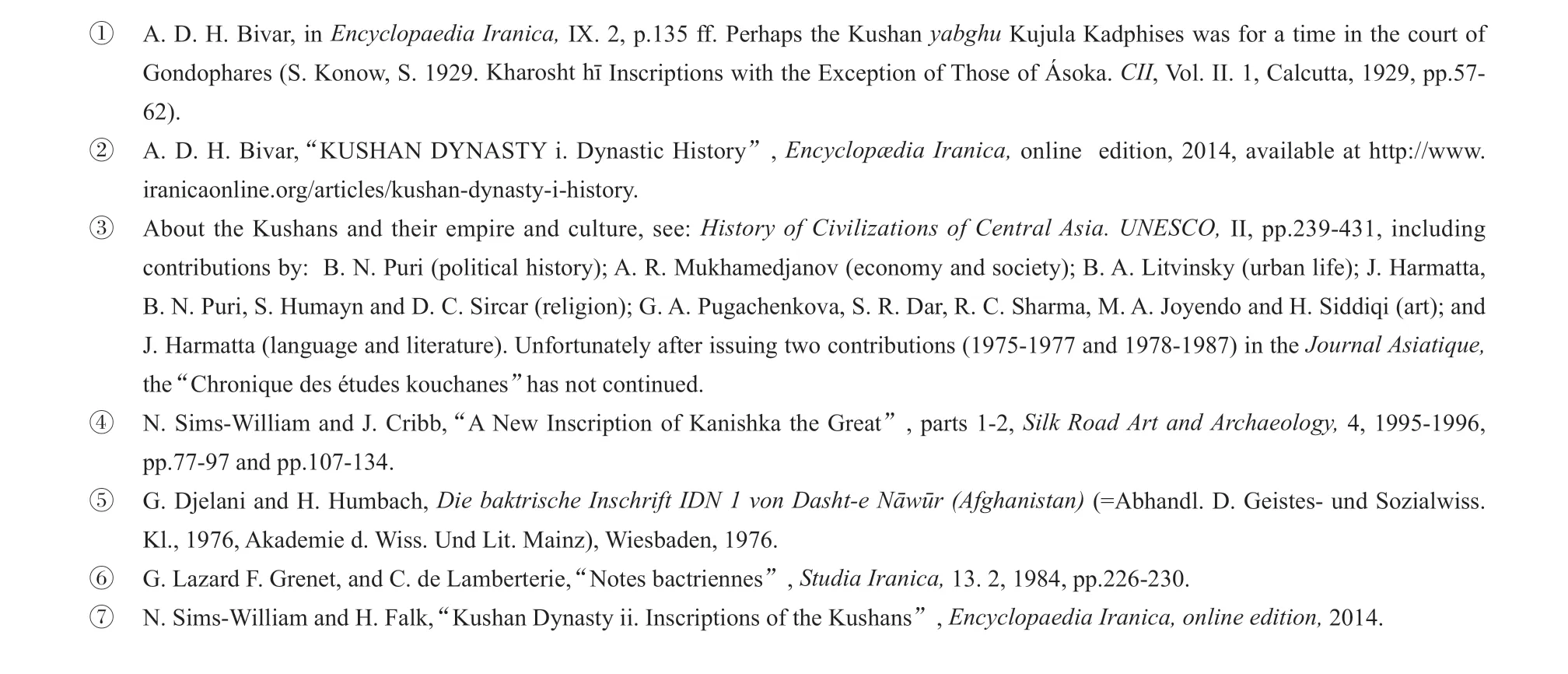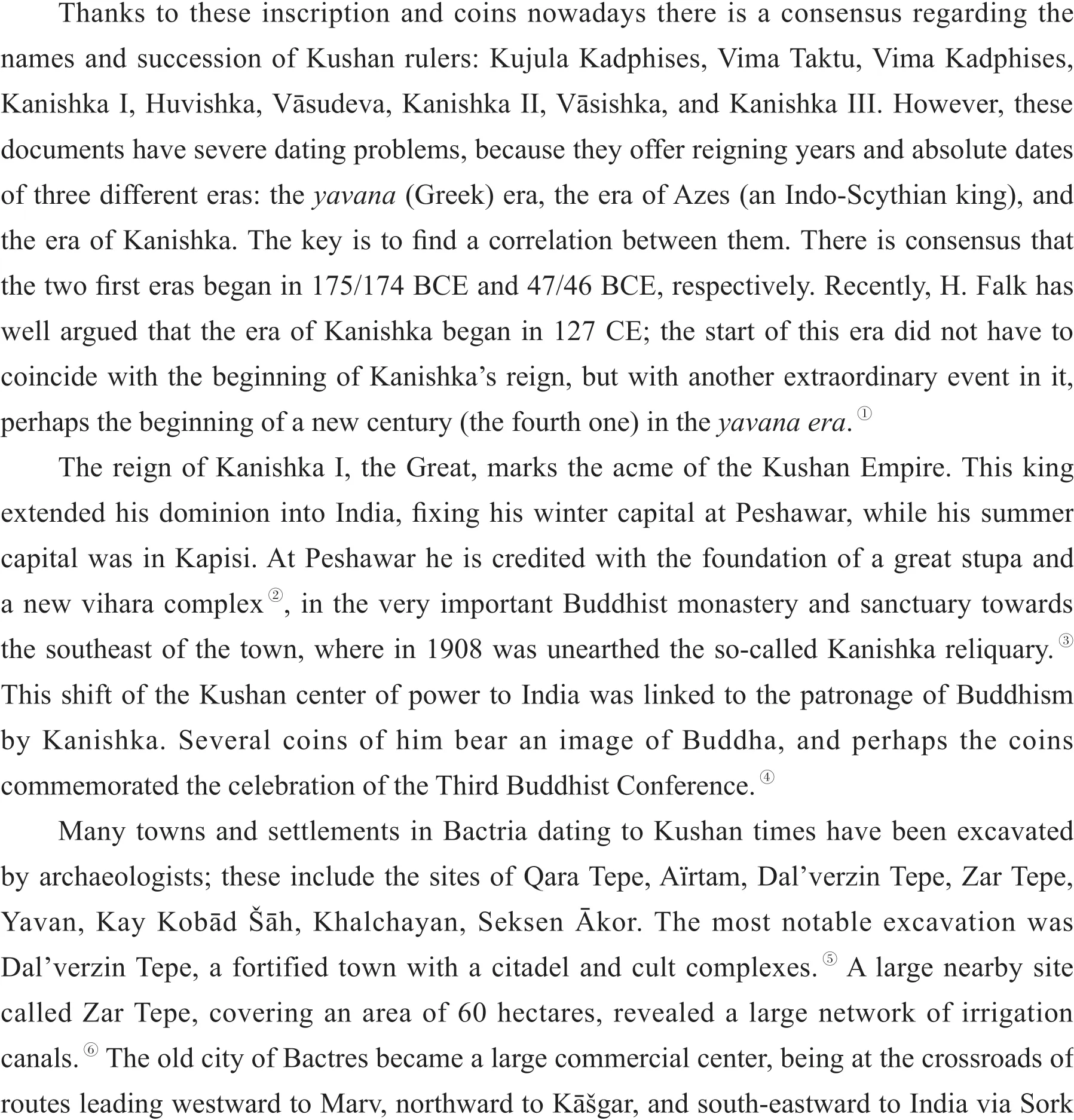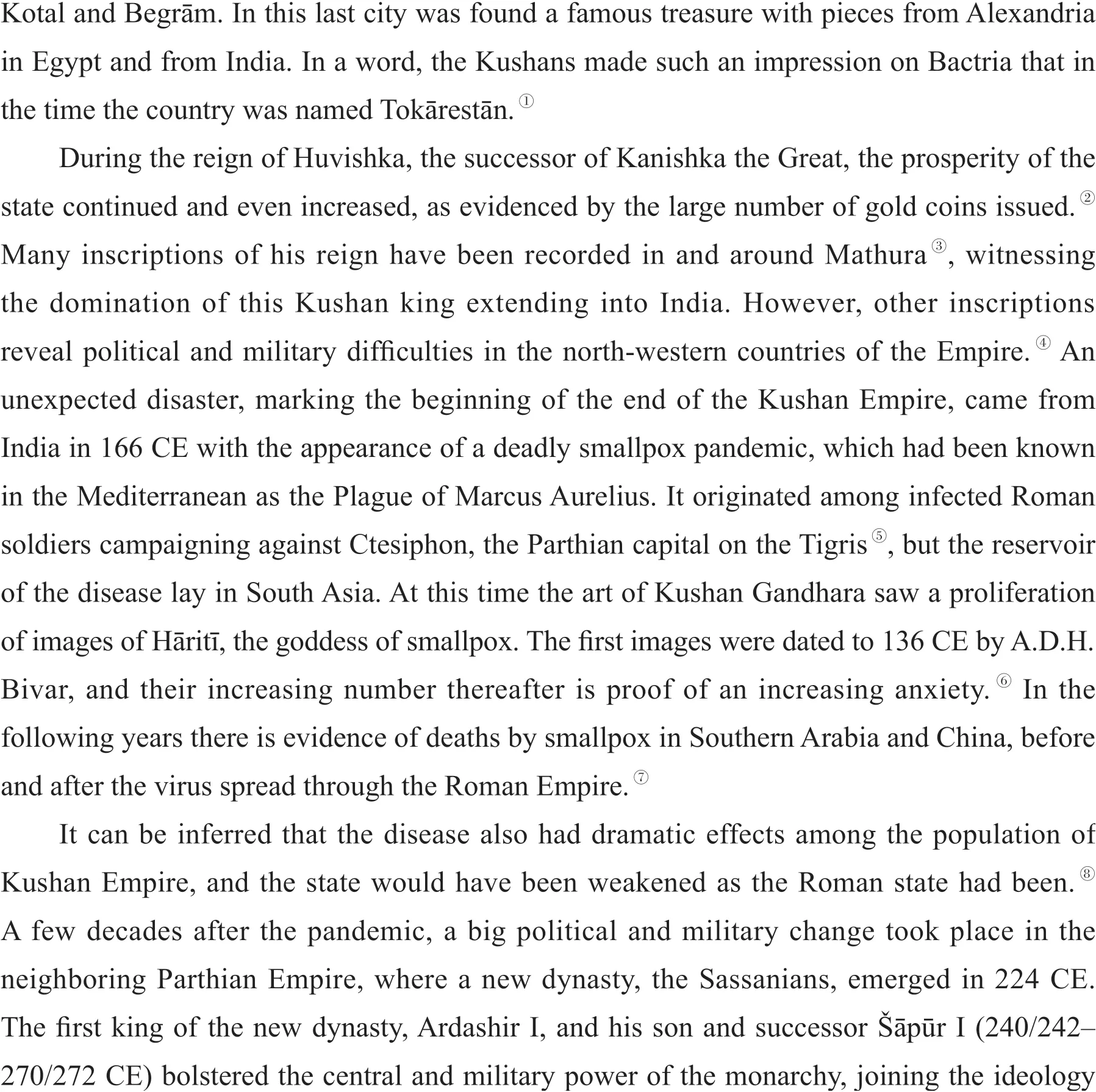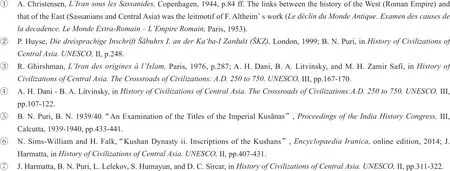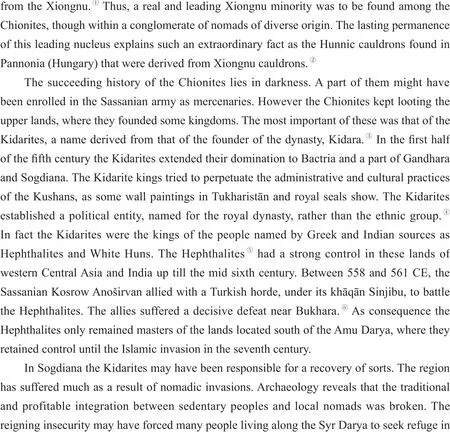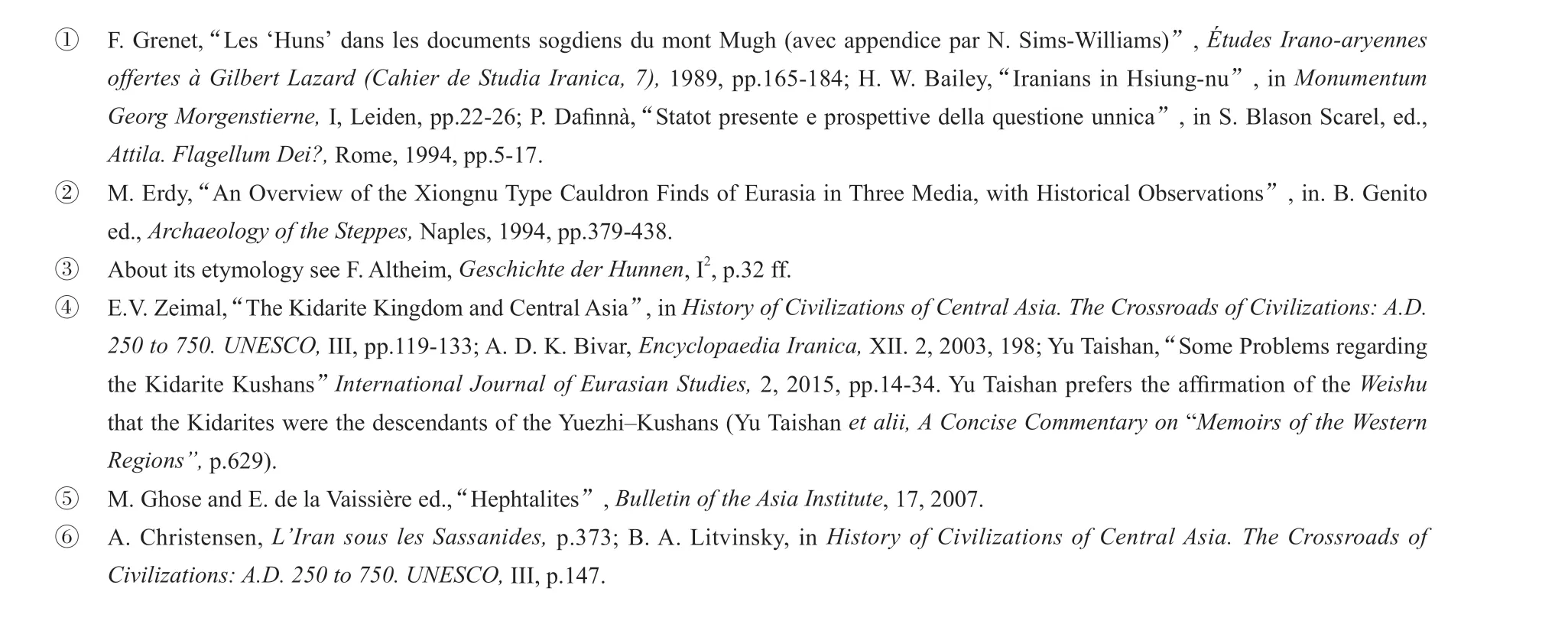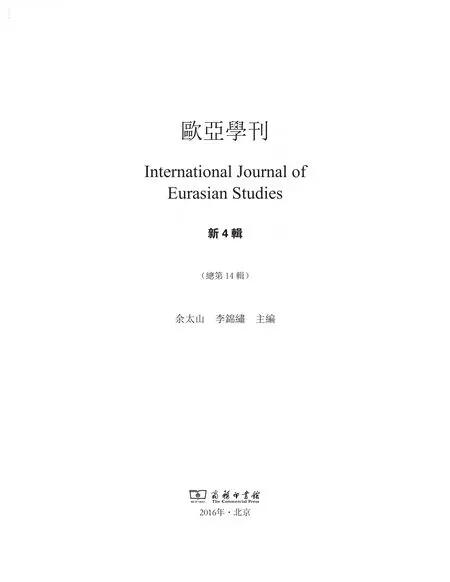Crossroad States in Pre-Islamic Central Asia
Luis A. García Moreno
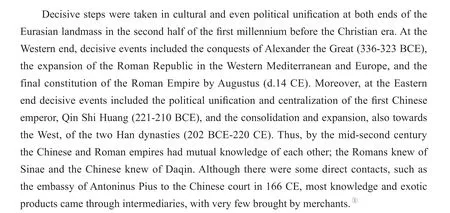




Central Asia was a vast tract land situate enclose approximately between 55º and 115º E and 25º and 50º N, and it was compressed by two geographically diverse areas at either end of the Eurasian landmass. The western area includes the Transcaspian plain and the low and high tablelands between the Aral Sea and Tian Shan, the Pamirs and the Hindukush ranges,from north to south. The eastern part encompasses the high plateaus and mountainous perimeters of the Tarim Basin and Tibet, the north area of the Tian Shan mountains as far as the southern Siberian plains and the Altai Mountains, and the Gobi Desert. This vast space contains great deserts and very dry lands, but also great glaciers, long rivers such as the Syr Darya (the classical Jaxartes) and the Amu Darya (the classical Oxus), and very fertile oases.
In Central Asia there was an early, but enduring, state-building phase before the era of the Islamic conquests from the west and the Chinese Tang expansion from the east, but the written sources regrettably contain little information. Historical texts include the great commemorative inscriptions of Darius I and Xerxes I (6th-5thcenturies BCE), the Chinese dynastic histories, covering events from the 2ndcentury BCE onward, some accounts of Chinese Buddhist pilgrims, and fragmentary Greek and Latin historical and geographical literature, including Arrianus, Strabo, Plinius the Elder, Ptolemy, and Trogus Pompey.Important documentation focused on particular events includes indigenous inscriptions (in particular those of Kushan), and some private documents such as the early and later Sogdian letters. Coin legends are also a major source of information about political and dynastic history. Unfortunately, inscriptions and coins both presented problems of dating (like the different eras used in the empire of the Kushans), although in recent years most of these problems seem to have been resolved.


Archaeology has shown the emergence of early sedentary farmers in eastern and western Central Asia. A milestone in the preliterate period of Central Asia was the migration of the Indo-Iranians, and perhaps other Indo-European people from the northwest. The different conditions of geography and settlements marked the evolution of these peoples in the first half of the first millennium BCE, prefiguring the later polities in the historical regions of Central Asia.



